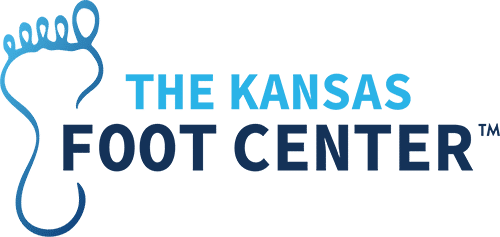Haglund's Deformity
No one likes lumps and bumps, especially in places where they make it difficult to do the things you enjoy without pain. Bunions are an obvious example of an unwanted foot bumps, but another you might be familiar with is Haglund’s deformity, a bony enlargement that occurs at the back of the heel bone.
Of course, even in purely aesthetic terms a bony heel bump might be stressful enough. However, this condition can also cause significant pain and swelling around the area where the Achilles tendon and heel bone meet. Likewise, it may become extremely difficult to find a comfortable pair of shoes, and the constant friction of bump against shoe back can cause pain and blistering.
Causes and Risk Factors
Haglund’s deformity is also known as “pump bump,” and for good reason—the condition is commonly associated with women (especially young women—late teens through 20s) who frequently wear pump shoes. It’s not just pumps, though—any style of footwear with a hard, rigid back can contribute to the formation of a Haglund’s deformity, including men’s dress shoes, work boots, or ice skates.
Certain foot shapes are more susceptible than others. Structural defects or biomechanical inefficiencies such as high arches, tight Achilles tendons or calf muscles, or a tendency to walk on the outside of your feet may also increase your risk.
Essentially, what happens is that pressure and stress on the back of heel irritates soft tissue structures (such as the heel bursa), which become inflamed. This swelling and stretching opens space for calcium deposits to collect on the back of the heel bone, creating the bony enlargement.
Managing Haglund’s Deformity Conservatively
When you visit our office to help with your painful heels, our first approaches tend to be non-invasive in nature. While it’s important to realize that conservative care will not eliminate the bump itself, the strategies may be useful in reducing pressure and pain.
Avoiding shoes with rigid backs and opting for soft or open-backed styles whenever possible can help you keep the pressure off, as can cushioned heel pads for those times when you can’t avoid inflexible footwear. If there are underlying structural issues at play, such as high arches, we may also prescribe a prefabricated or custom orthotic device to redistribute forces across your feet more efficiently, reducing the load on your deformity.
More standard pain management strategies, such as icing, massage, or non-steroidal anti-inflammatory medications may be recommended for use in moderation as needed. If swelling is intense, a period of immobilization in a walking boot might also be wise. In rare cases, we might suggest a more advanced therapy (such as laser or shockwave) to repair soft tissue damage non-invasively.
Considering Surgery
If home care and conservative methods don’t yield the necessary results, surgery is the next option.
Before any surgical plan is put into place, we’ll conduct a thorough examination and discuss your needs and options with you. In some cases, simply removing the excess bone is sufficient. However, other cases may require some repair of a damaged Achilles tendon, or a tendon transfer. Regardless of the extensiveness of the procedure, most surgeries can be completed in-office and we’ll let you go home the same day.
Full healing typically takes at least a couple of months. Procedures in which tendons were repaired or replaced will usually take a little longer to recover from, with a greater delay before full weight-bearing activity.
Haglund’s deformity can be distressing, but it doesn’t have to be. Visit the Kansas Foot Center for treatment solutions for your nagging pump bump. Fill out a contact form online to request an appointment, or give us a call directly at 866.222.5177 today.
